Summary of climate disasters on the planet from July 16 to 22, 2025
Today, we will talk not only about climate disasters, but also about what usually remains outside the scope of climate news — about parents and children.
Most parents strive to give their children the very best — care, love, and safety. But one crucial factor is often overlooked, one that directly impacts their future.
Read the summary of climate disasters for the past week, from July 16 to 22, 2025, and you’ll understand what this is about.
Pakistan
Monsoon rains of extreme intensity continue to wreak havoc in Pakistan. In Punjab Province, a new wave of downpours that began on the morning of July 16 claimed the lives of at least 63 people in just one day, with another 290 injured.
The floods led to the closure of several major highways and the cancellation or delay of dozens of flights.
In Chakwal District, over 30 roads were destroyed due to 450 mm (17.7 in) of rainfall.
In some areas of Rawalpindi, water levels reached the rooftops, forcing residents to flee and abandon their belongings. Power outages and communication disruptions complicated rescue operations.
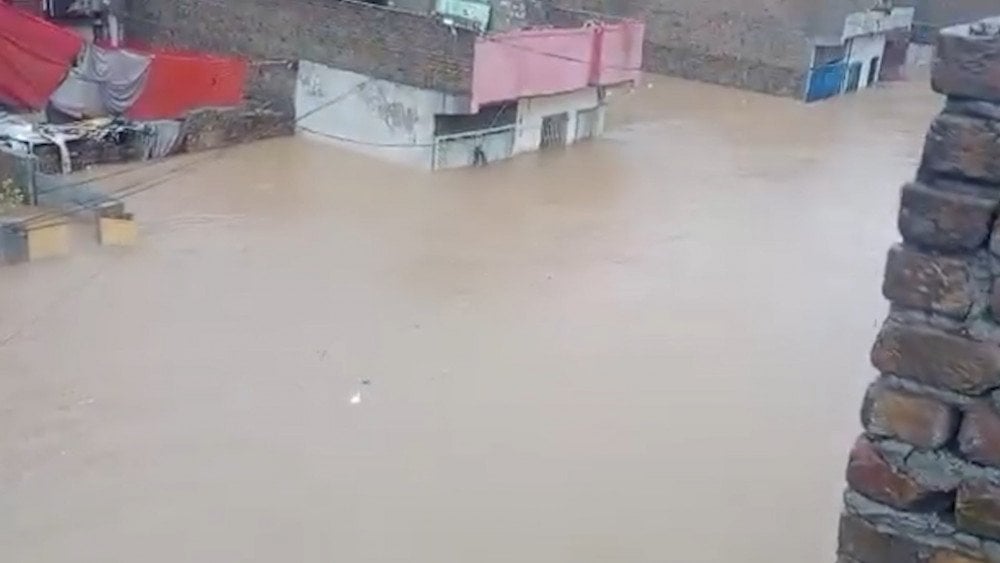
Devastating monsoon rains triggered large-scale flooding: water inundated streets and rose to the rooftops of homes — Punjab Province, Pakistan
In Lahore District, a 9-meter (29.5 ft) crack in a dam caused floodwaters to surge into nearby settlements.
Another dam on the Sutlej River burst and flooded numerous villages and farmland.
According to Pakistan’s National Disaster Management Authority (NDMA), as of July 21, 216 people have died in the country since June 26 — 101 of them children. Most fatalities were caused by collapsed buildings and electric shocks; many others drowned.
Vietnam
On July 19, sudden storms with torrential rain and thunderstorms struck northern Vietnam.
The disaster caused a transportation collapse in the capital city of Hanoi: roads were blocked by fallen trees, and street signs and motorbikes were scattered across the streets.
In the picturesque Ha Long Bay (Quang Ninh Province) — one of the country’s most popular tourist destinations — a tragedy occurred.
The sightseeing boat Vịnh Xanh 58, carrying 49 people, was caught in a sudden gust of squally wind near the Hon Trong Mai cliffs. A crew member, one of the few survivors, said a powerful wave struck the side of the boat and within 10 seconds it capsized. Some passengers were trapped inside the cabins.
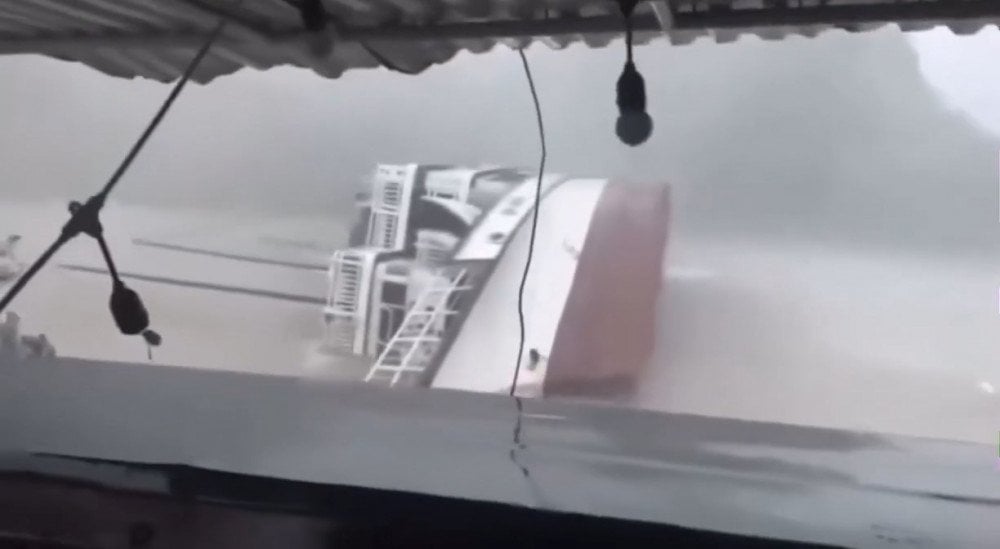
Storm in Vietnam: tourist boat capsized in Ha Long Bay, fatalities reported
Those who were on deck had no time to react — they were immediately engulfed by water and swept out to sea. Only a few managed to put on life jackets. The search operation was carried out in difficult weather conditions, involving about 1,000 specialists and over 100 units of equipment; 10 people were rescued.
Unfortunately, 35 people died and four were reported missing as of July 20.
Romania
On July 17, a powerful storm hit the Wallachia region, with wind gusts reaching up to 120 km/h (75 mph). In Prahova County, around 32,000 households were left without electricity.
In the capital city of Bucharest and its suburbs, the storm lasted only half an hour but managed to wreak havoc.
Temperatures plummeted abruptly from +30 °C (86 °F) to +18 °C (64 °F). Dozens of trees fell onto cars, and roofs were torn off several buildings.
Residents were caught off guard — on the streets, people had to cling to trees and poles just to stay on their feet.
Even indoors, people did not feel safe. In the town of Otopeni, a woman was killed when debris from a neighboring building’s roof flew into her home and inflicted fatal injuries.
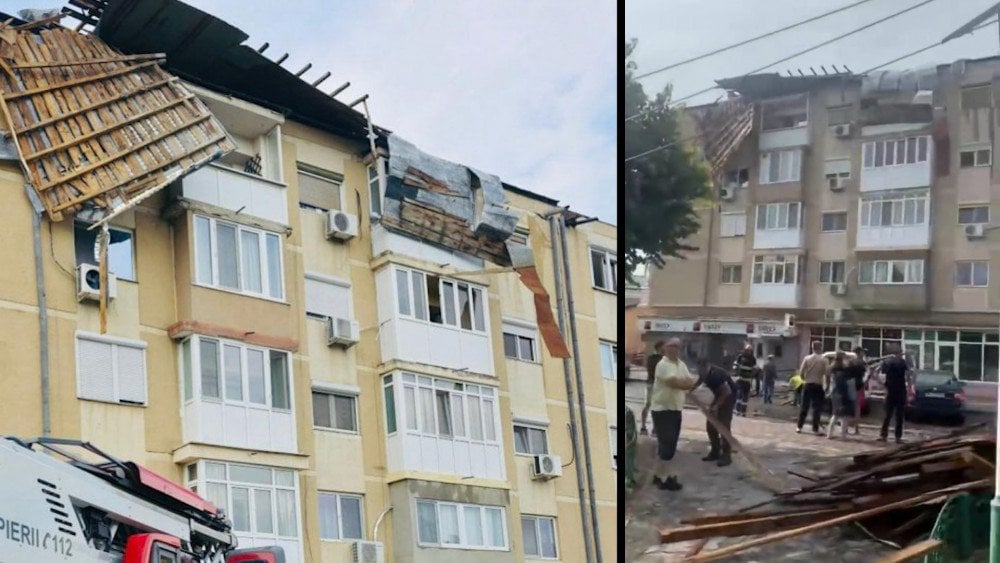
Aftermath of the storm in Romania: roofs torn off houses, fatalities reported
USA
Intense downpours on the evening of July 19 led to a sudden flash flood in Montgomery County, north of Washington, D.C. Some areas received up to 105 mm (4.1 in) of rainfall in just 1 to 1.5 hours.
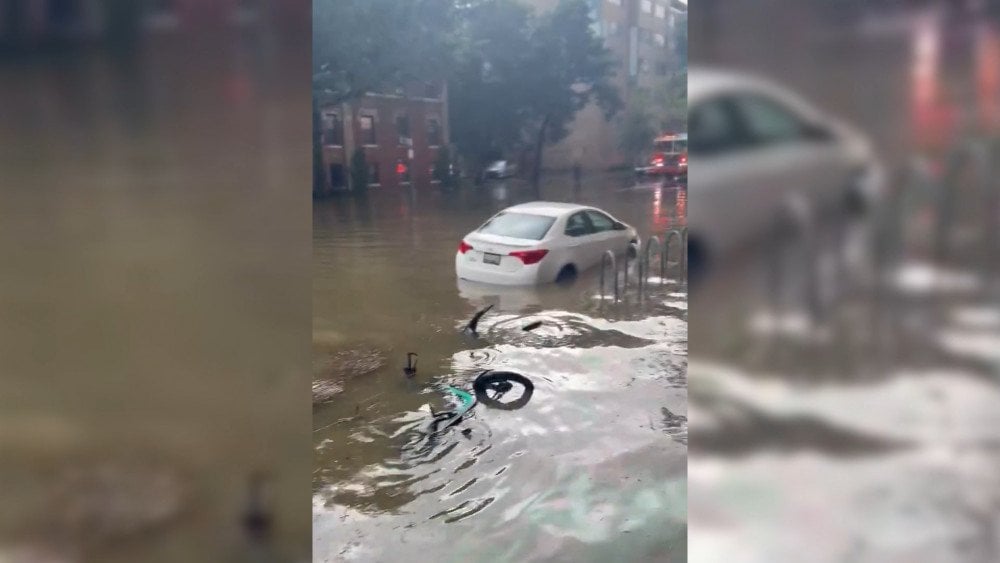
Torrential rains caused a sudden flash flood in Montgomery County, USA: streets were submerged, and vehicles were underwater
The water level in Sligo Creek rose by 3 meters (9.8 ft) in just 30 minutes, flooding roads and buildings. Residents were shocked by how fast the water rose. One eyewitness, who had lived in the area for 20 years, said he had never seen anything like it. The National Weather Service issued a flash flood emergency for the first time in the region’s history. Dozens of people were trapped in vehicles and buildings. Emergency crews carried out urgent evacuations, and some roads remained closed the following morning.
According to the Iowa Environmental Mesonet, which monitors precipitation and other weather parameters, from January 1 to July 15, a total of 3,040 flash flood warnings were issued across the United States — the highest number since the modern alert system was introduced in 1986.
Such warnings are issued when a flood threat becomes imminent or is already occurring, posing a serious danger to life and property.
On the evening of July 16, at the Black Knight Bowbenders outdoor archery range in Jackson Township, New Jersey, a lightning strike killed one person.
Thirteen others were injured — including eight children. The victims, suffering from burns and various other injuries, were taken to local hospitals.
Experts remind the public that even a relatively weak thunderstorm can be deadly — at the first signs of lightning, one must not remain outdoors and should immediately seek shelter.
Russia
Tragic incidents caused by lightning strikes also occurred in Russia.
On July 17, in the mountains of Karachay-Cherkessia, in the Shailyk Syrt area, a shepherd was killed by lightning. The thunderstorm began suddenly, and he didn’t have time to find shelter. The electrical discharge also struck his entire flock of sheep, a horse, and a dog.

Lightning struck a flock of sheep in the Shailyk Syrt area, Karachay-Cherkessia, Russia
On July 19, in the Republic of Tuva, near the village of Kyzyl-Kozhagar, a 13-year-old boy was killed. He was helping drive a herd of horses at a shepherds’ camp when a thunderstorm began. The lightning struck the teenager directly — death was instantaneous.
Seismic Activity
On July 16 at 12:37 LT, a powerful earthquake with a magnitude of 7.3 struck off the coast of Alaska, USA, at a depth of 20.1 km (12.5 mi). The epicenter was located 87 km (54 mi) south of the city of Sand Point.
Authorities promptly issued a tsunami warning for Southern Alaska and the Aleutian Islands, but it was canceled after 2.5 hours. Over the next five days, the region experienced more than 200 aftershocks. The strongest — a magnitude 6.2 — occurred on July 21 at 14:27 LT, 110 km (68 mi) south of Sand Point, at a depth of 53.5 km (33.2 mi). No reports of serious damage or injuries were received.
On the evening of July 20, the Kamchatka Peninsula in Russia was shaken by a series of powerful earthquakes. Their epicenters were located in the Pacific Ocean, 72–209 km (45–130 mi) from the city of Petropavlovsk-Kamchatsky. In less than an hour — at 18:28, 18:48, 19:07, and 19:22 (LT) — four seismic events with magnitudes above 6 occurred.
The strongest earthquake had a magnitude of 7.6. The tremors were felt in several populated areas, including the capital of Kamchatka Krai.
Furniture swayed in homes, dishes rattled, goods fell off store shelves, and alarmed residents rushed outside. Many were afraid to return to their apartments; some chose to spend the night at their summer cottages.
Following the initial strong shocks, the Emergency Ministry issued a tsunami threat, which was later lifted.
A series of aftershocks followed the major earthquake. As of July 22, nearly 1,000 aftershocks had been recorded in the region over three days, with magnitudes up to 6.7 — 47 of them with magnitudes of 5 or greater.

Series of powerful earthquakes off the eastern coast of Kamchatka, Russia
Not long ago, an earthquake with a magnitude of 5 would spark global headlines and media coverage. Today, such events happen almost daily and are no longer perceived as extraordinary — they are not even always reported. This is the clearest evidence of how dramatically — and silently for most — seismic activity has increased across the planet.
On the morning of July 18, Europe’s largest supervolcano — Campi Flegrei — once again alarmed residents of Italy.
An earthquake with a magnitude of 4 struck Naples. The epicenter was offshore, near the coastline in the Bagnoli area — the central part of the Phlegraean caldera. The quake originated at a depth of just 2.5 km (1.6 mi), which made the tremors particularly strong and caused serious consequences.
Major cracks appeared in the Monte Olibano tunnel — a key section of the new Bagnoli–Arco Felice railway line, which had been opened only four months earlier to replace an old and damaged route.
The tunnel had to be closed, which not only severely disrupted regional transport, but also blocked access to the train maintenance depot.
Typhoon Wipha
Starting July 19, Typhoon Wipha struck several Asian countries.
In the Philippines, it intensified already heavy monsoon rains, triggering large-scale flooding. More than 800,000 residents were affected by the disaster. In the capital region, the water level in the Marikina River rose to 15 meters (49.2 ft), prompting evacuations of nearby residents and the implementation of protective measures. Flooding impacted over 100 roads and bridges and damaged more than 1,200 homes. By the morning of July 21, five people had died and seven were reported missing.
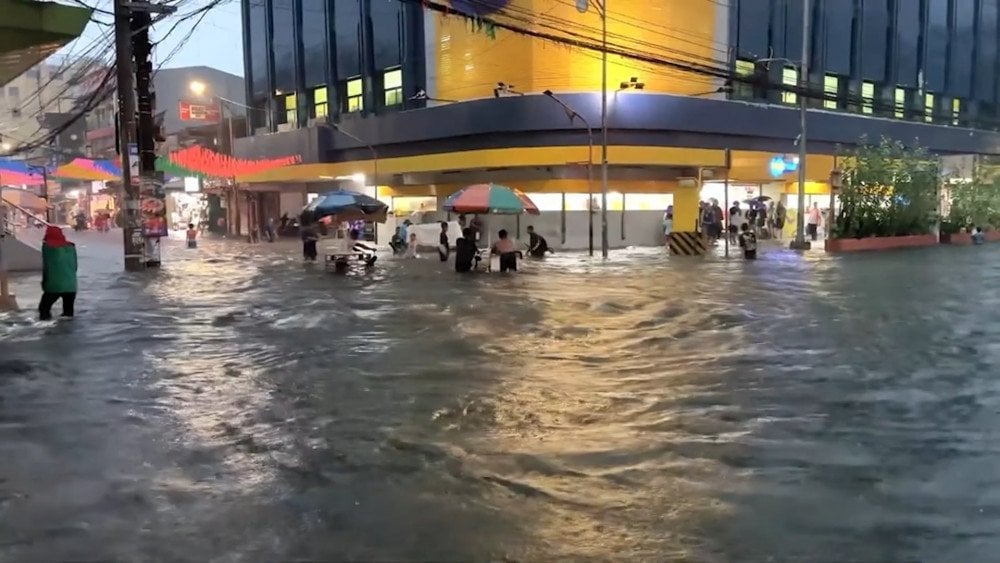
Heavy rains caused by Typhoon Wipha triggered large-scale flooding in the Philippines
On July 21, Typhoon Wipha struck China.
In Hong Kong, wind speeds exceeded 167 km/h (104 mph), resulting in widespread destruction. According to authorities, at least 471 trees were downed during the storm, and at least 26 people were injured.
In Zhuhai city, Guangdong Province, gusts were so powerful that people were knocked off their feet and pinned to the ground.
In Lianjiang County, Fuzhou District, Fujian Province, 296 mm (11.7 in) of rainfall fell within 12 hours.
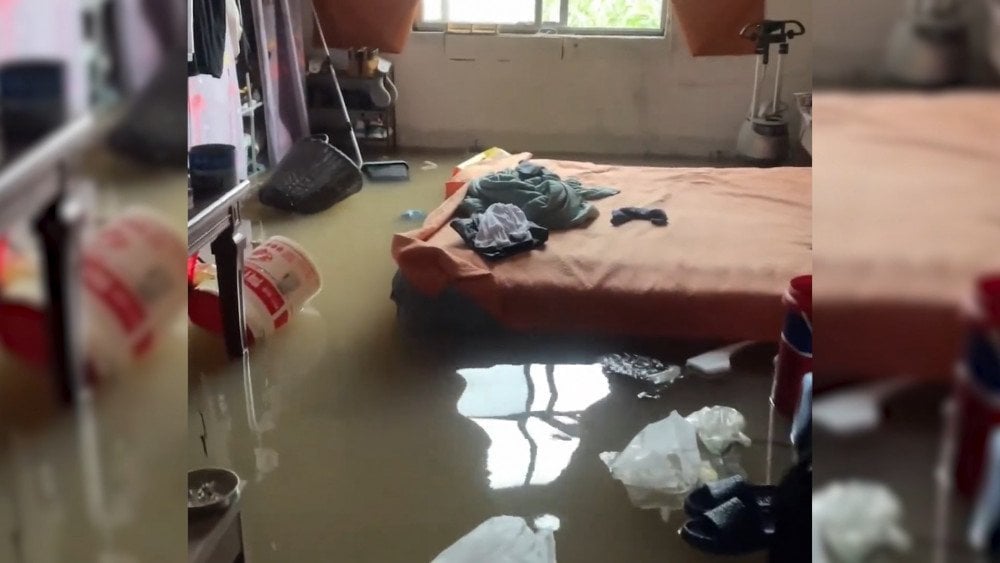
Aftermath of severe flooding in China caused by Typhoon Wipha
Residential and commercial areas, underground parking lots, and streets were submerged. Floodwaters swept away vehicles, and a landslide completely buried the entrance to a vehicle tunnel, blocking access and delaying rescue efforts.
More than 900 flights were canceled across Hong Kong, Macau, Shenzhen, and Zhuhai.
On July 22, the typhoon reached northern Vietnam. Heavy rains in Dien Bien Province partially collapsed a suspension bridge, injuring four people. In the central provinces of Thanh Hoa and Nghe An, torrential rains caused power outages and raised the risk of landslides and flooding.
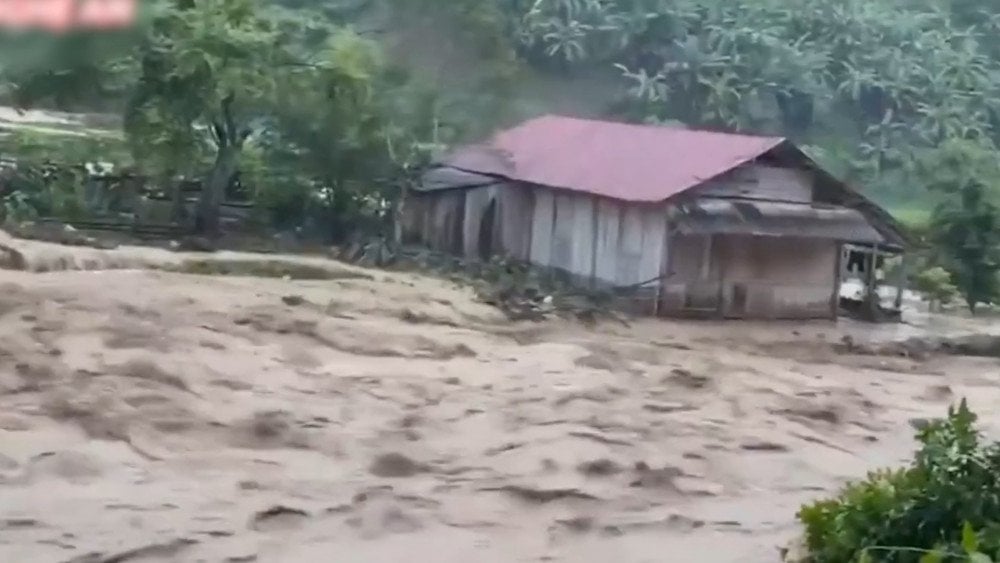
Typhoon Wipha triggered devastating flooding in Nghe An Province, Vietnam
South Korea
Starting July 16, South Korea was engulfed by unprecedented rains, turning the country into a vast disaster zone.
Extreme rainfall caused widespread flooding and numerous landslides across the country. Homes and roads were destroyed, more than 4,000 infrastructure facilities were damaged, communication and power supply were disrupted, and train and flight services were suspended.
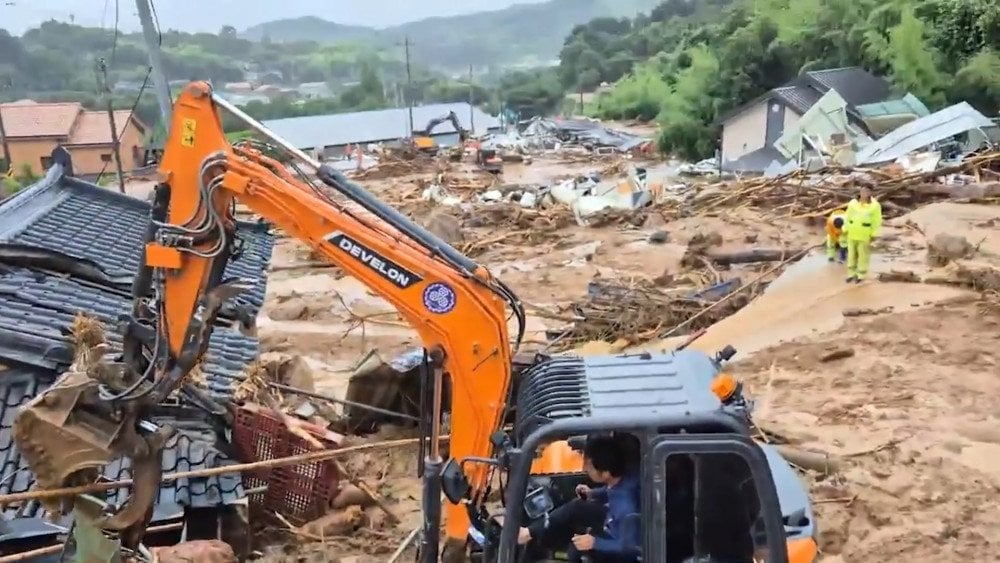
Search and rescue operations using special equipment after a landslide damaged homes in South Korea
In Sancheong County, Gyeongsangnam-do Province, up to 300 mm (11.8 in) of rainfall was recorded in just one day — and 798 mm (31.4 in) over four days. According to the Korea Meteorological Administration, such extreme rainfall occurs only once every 100–200 years.
For the first time, local authorities ordered the full evacuation of all residents of the county — not just individual cities and towns.
Chungcheongnam-do Province was also severely affected. In the city of Seosan, 114.9 mm (4.5 in) of rain fell in one hour — an all-time national record. A total of 339.1 mm (13.3 in) fell within 24 hours — the highest level since measurements began in the region in 1968.
All schools in five cities and counties that were severely affected by the rain were ordered to fully close. In some of them, floodwater rose up to waist level.
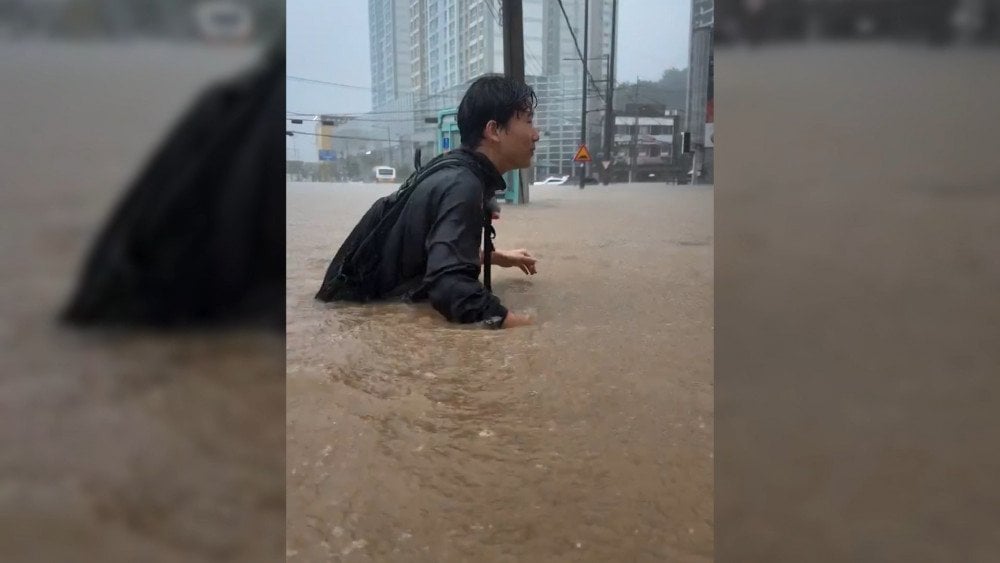
A person wades through waist-deep water on a flooded street in South Korea
In just five days, the disaster claimed 14 lives, and another 12 people were reported missing.
Today, the planet is undergoing extremely serious climate changes. Climate disasters are already taking many human lives. In the face of a growing threat, it is our children who are the most vulnerable.
Many people today strive to develop their child in every way — to give them a quality education, help them excel in sports, science, or music.
But how will knowledge of languages or the ability to play the violin save your child from an earthquake or a flood? What’s the point of it all if they might simply not live to see the moment when those skills are needed?
It’s easier to turn away from reality, to judge or even insult the one who speaks this truth. But will that save your child? Will your outrage secure their future?
We say we are ready to do anything for our children — yet we fail to see reality. We give our children so much, but not the most important thing — a future. When parents believe they can’t change anything, they hide. They hide in the illusion of care. But in truth, they are simply abandoning responsibility.
Truth is uncomfortable — because it demands action. It’s easier for us to choose clothes, food, schools — things we feel we can control. But when it comes to real responsibility, we disappear as parents and become indifferent people.
If we truly took responsibility for our children’s future, we wouldn’t be afraid. We would study what is happening, understand it, become aware — and begin to act.
To give a child a future, parents must first take a sober look at reality. Pay attention to real threats and stop saying: “I can’t influence wars” or “I can’t stop natural disasters.”
We must change this world. We must make a child’s life the highest value. And we can — but only together. By uniting around the simplest and most important thing: caring for the lives of children and the future of all humanity.
You can watch the video version of this article here:
Leave a comment